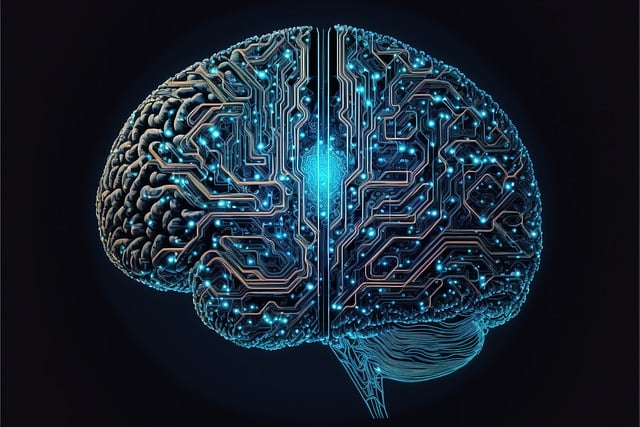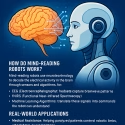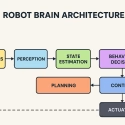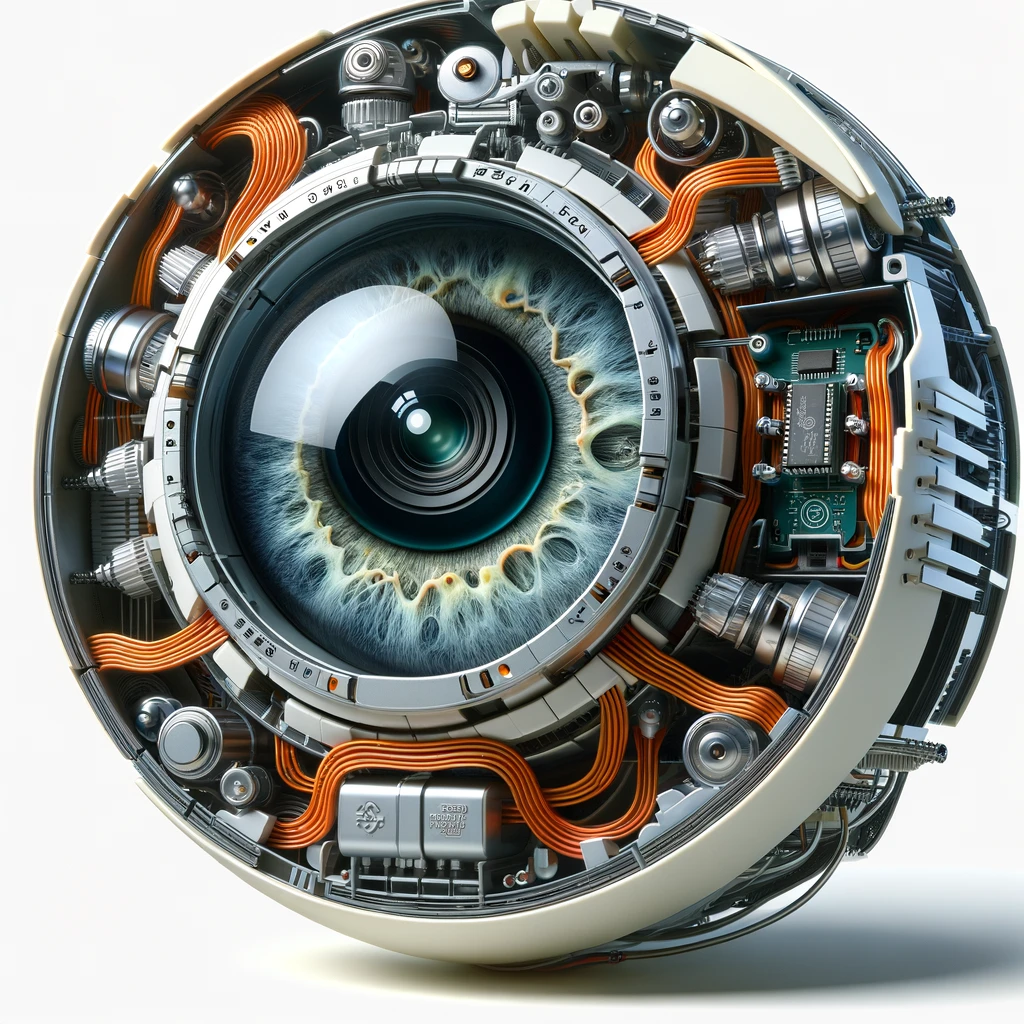Understanding the “robotic mindset” involves recognizing how robots process information and interact with their environment. Here are some key aspects to consider:
1. **Sensors and Perception**: Robots use sensors (like cameras, microphones, and touch sensors) to gather information about their surroundings. This is similar to how humans use their senses to perceive the world. The data collected is processed to help the robot understand its environment.
2. **Processing and Decision Making**: Robots use algorithms and artificial intelligence to process the data they collect. This involves recognizing patterns, making decisions, and planning actions. The goal is to enable the robot to respond appropriately to different situations.
3. **Learning and Adaptation**: Many modern robots use machine learning techniques to improve their performance over time. They can learn from their experiences, adapt to new situations, and optimize their actions to achieve better outcomes.
4. **Control Systems**: Robots have control systems that translate decisions into actions. These systems manage the movement of motors, actuators, and other components to perform tasks accurately and efficiently.
5. **Autonomy and Collaboration**: Depending on their level of autonomy, robots can operate independently or collaborate with humans and other robots. Autonomous robots can perform tasks without human intervention, while collaborative robots work alongside humans, often in shared environments.
6. **Ethics and Safety**: Designing robots also involves considering ethical and safety implications. This includes ensuring that robots operate safely around humans and make decisions that align with societal values and norms.
By understanding these aspects, you can better grasp how robots “think” and function, which is essential for designing effective and intelligent robotic systems.









